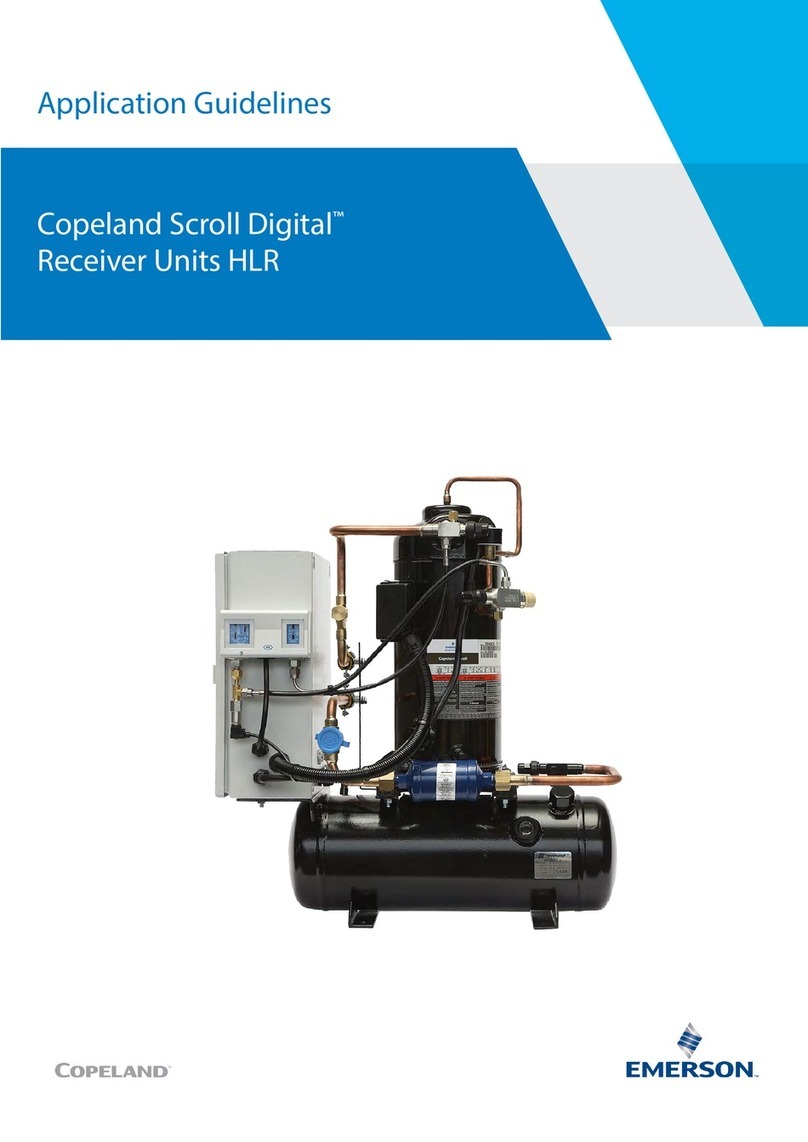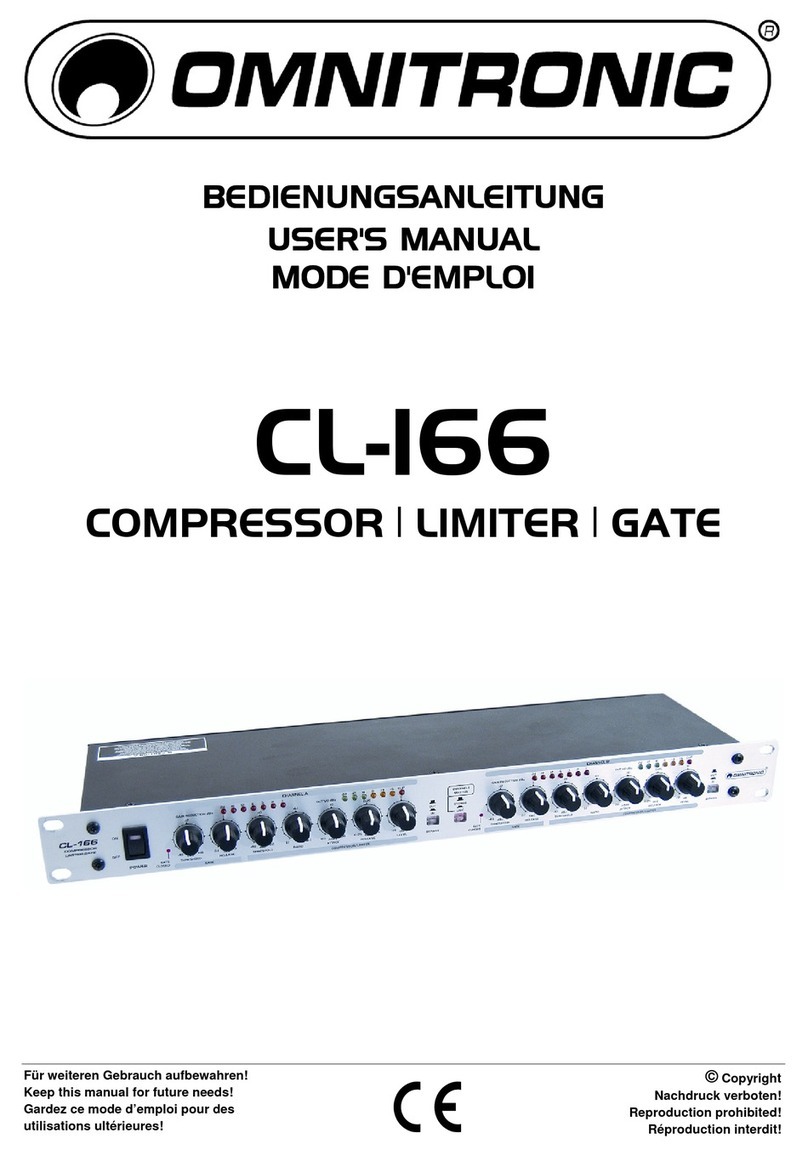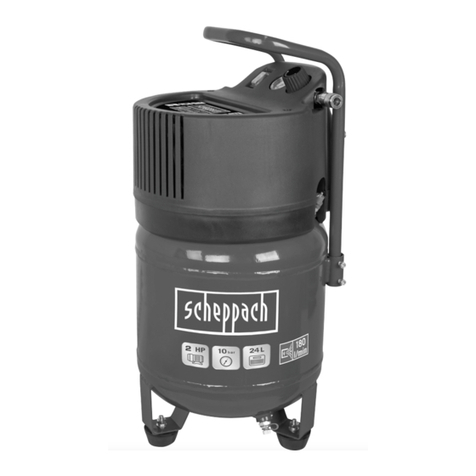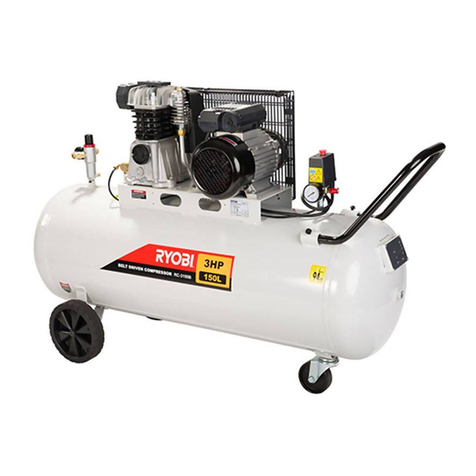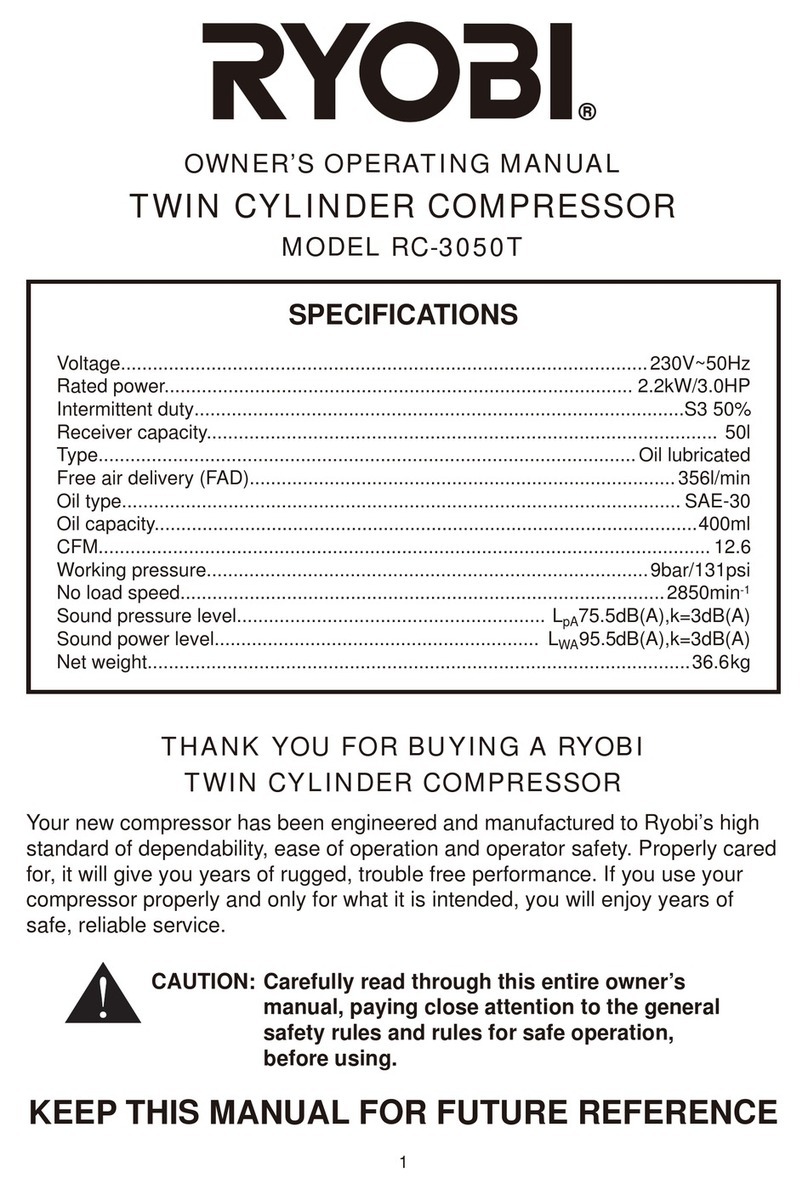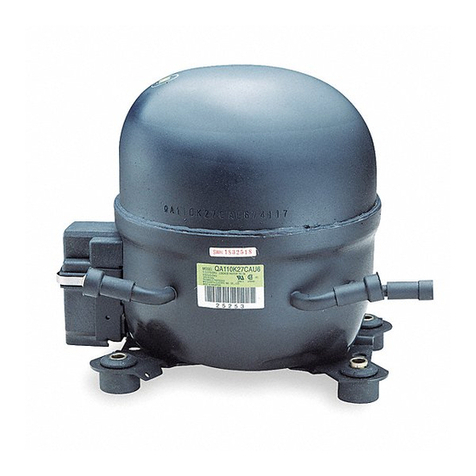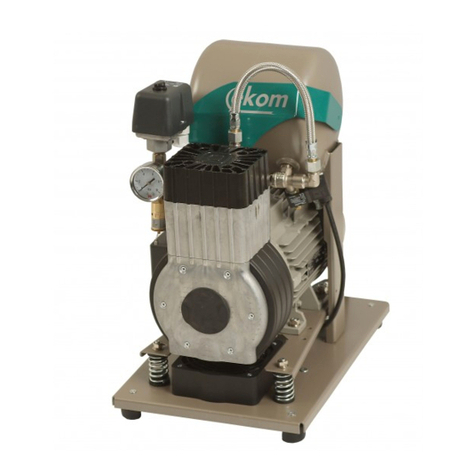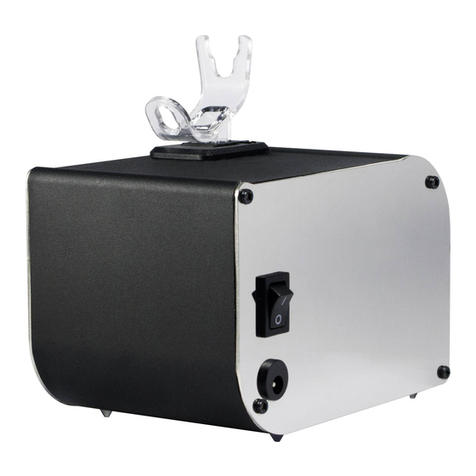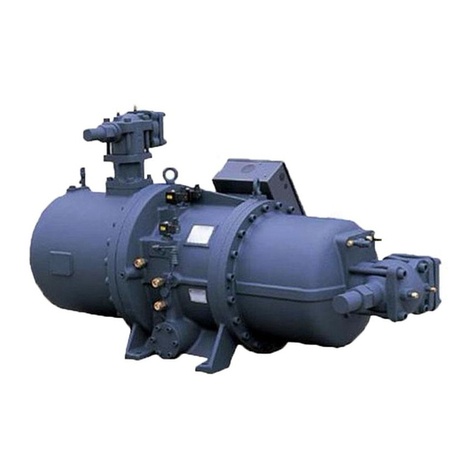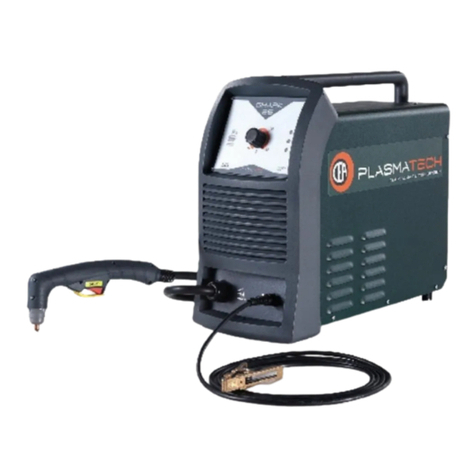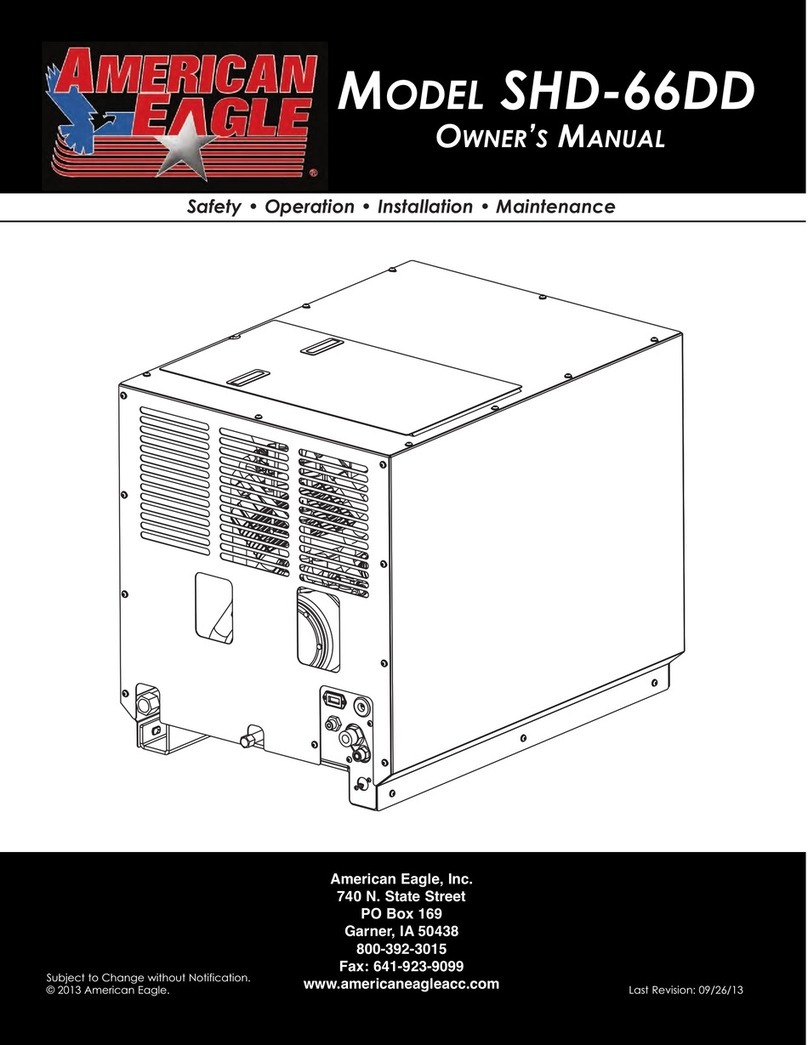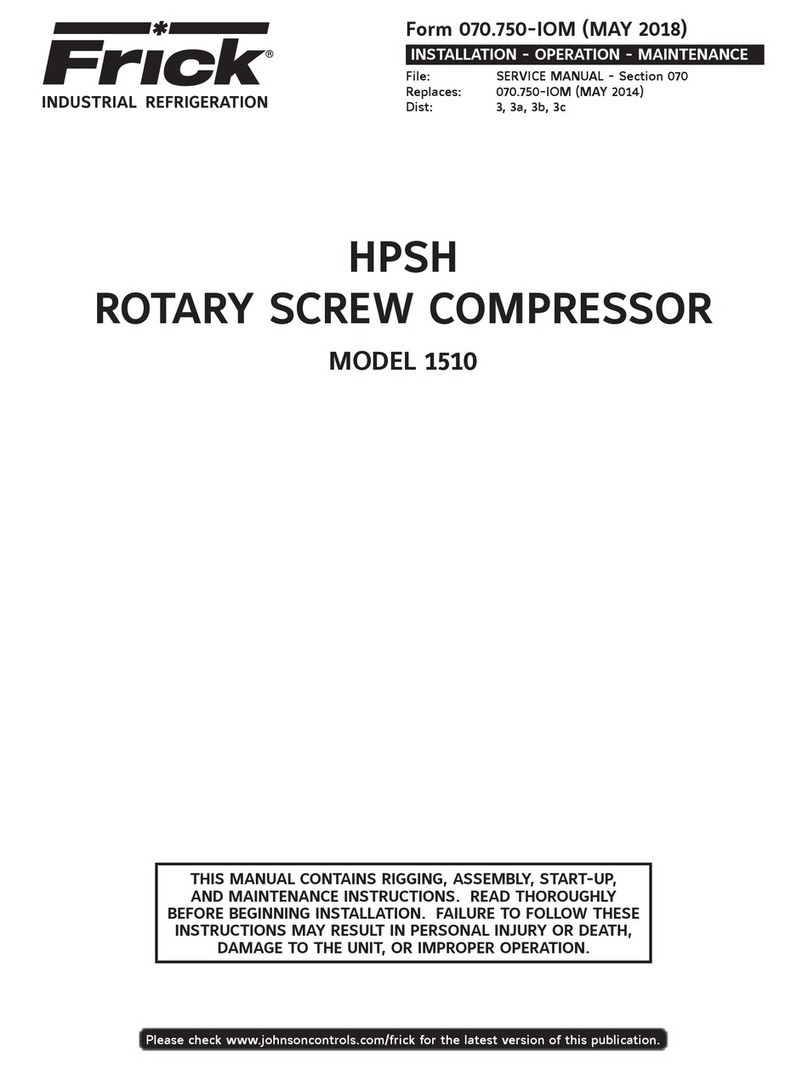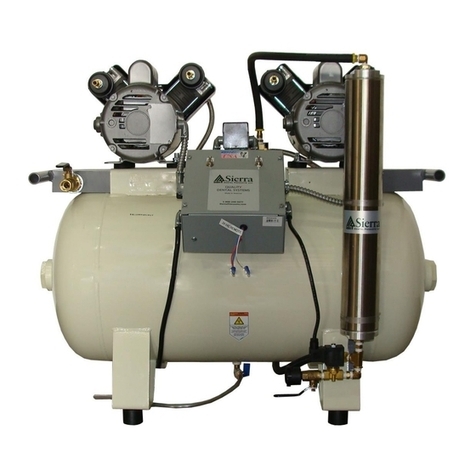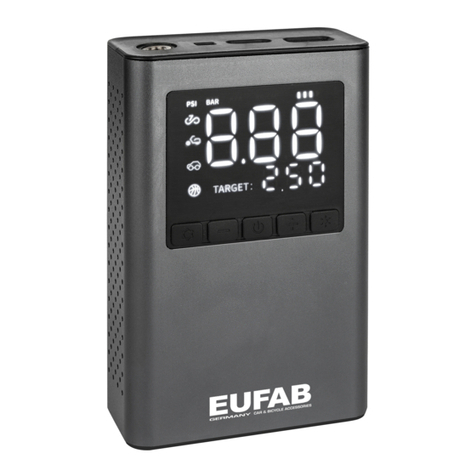
2
IMPORTANT SAFETY INSTRUCTIONS
The purpose of safety rules is to attract your
attention to possible dangers. The safety symbols
and the explanations with them, require your
careful attention and understanding. The safety
warnings do not by themselves eliminate any
danger. The instruction or warnings they give are
not substitutes for proper accident prevention
measures.
SAFETY ALERT SYMBOL. Indicates
caution or warning. May be used in
conjunction with other symbols or
pictures.
Failure to obey a safety warning can result in
serious injury to yourself or to others. Always follow
the safety precautions to reduce the risk of fire,
electric shock and personal injury.
Do not attempt to operate this tool until you have
read thoroughly and completely understood the
safety rules, etc. contained in this manual. Failure
to comply can result in accidents involving fire,
electric shock or serious personal injury. Save this
Owners Operating Manual and review it frequently
for continual safe operation and for instructing
others who may use this tool.
APPLICATIONS
Air compressors are utilized in a variety of air
system applications. Match hoses, connectors, air
tools, and accessories to the capabilities of the air
compressor.
SPECIFIC SAFETY INSTRUCTIONS
WARNING. If not used and maintained
correctly this compressor when used with
some pneumatic tools can cause serious
injury and death. Before attempting to operate this
machine, it is important that you read, understand
and follow these instructions very carefully. They
are designed for the safety of yourself and others
ensuring a long and trouble free service life from
your machine. If not used correctly and as detailed
in these instructions pneumatic tools can be
dangerous. This product can cause injury to the
operator and others.
The warnings and safety instructions must be
followed to ensure reasonable safety and efficiency
in using this product.
NOTE: The operator is responsible for following the
warnings and safety instructions in this manual and
on the product.
Ensure that this compressor is disconnected from
the mains supply when not in use and the air
receiver fully discharged before servicing,
lubricating or making adjustments and when
changing accessories. Always switch ON and OFF
using the ON/OFF switch on the compressor
before switching OFF at the mains supply.
WARNING. When spraying paint or
cleaning agents the fine mist produced
could ignite. When performing this type
of operation the compressor must be a minimum of
4 Metres away from the work area. Do not smoke
and keep naked flames and other sources of
ignition well away from the work area. Make sure
that the area in which you are working has good
ventilation and protect your nose and mouth with a
suitable face mask. Always check the safety data
sheets for substances being sprayed & ensure
manufacturers instructions are followed.
Protect yourself. Goggles will protect your eyes
from flying particles.
These compressors produce noise levels in excess
of 70dB(A). Persons working near the compressor
must be supplied with ear protection.
Drain tanks of moisture after each day’s use. If unit
will not be used for a while, it is best to leave drain
valve open until such time as it is to be used. This
will allow moisture to completely drain out and help
prevent corrosion on the inside of tanks.
This air compressor must be used in a suitable
environment. There must be adequate ventilation,
the ambient temperature must be +5/+40°C. The
workingareamustbefreefromdust,acidvapour,
explosive gasses and flammable materials.
Compressed air can be potentially dangerous when
not used correctly. Do not exceed the maximum
rated air pressure for the accessory. Do not direct
compressed air at yourself, any other person or
animals. Do not direct any liquid or any other
material that is being sprayed by yourself towards
any other person or animals.
Only use hoses and connectors designed for use
with compressed air. The maximum working
pressure of hoses and connectors must be higher
than the maximum working pressure of the com-
pressor. Do not attempt to move the compressor by
pulling on the air hose.
